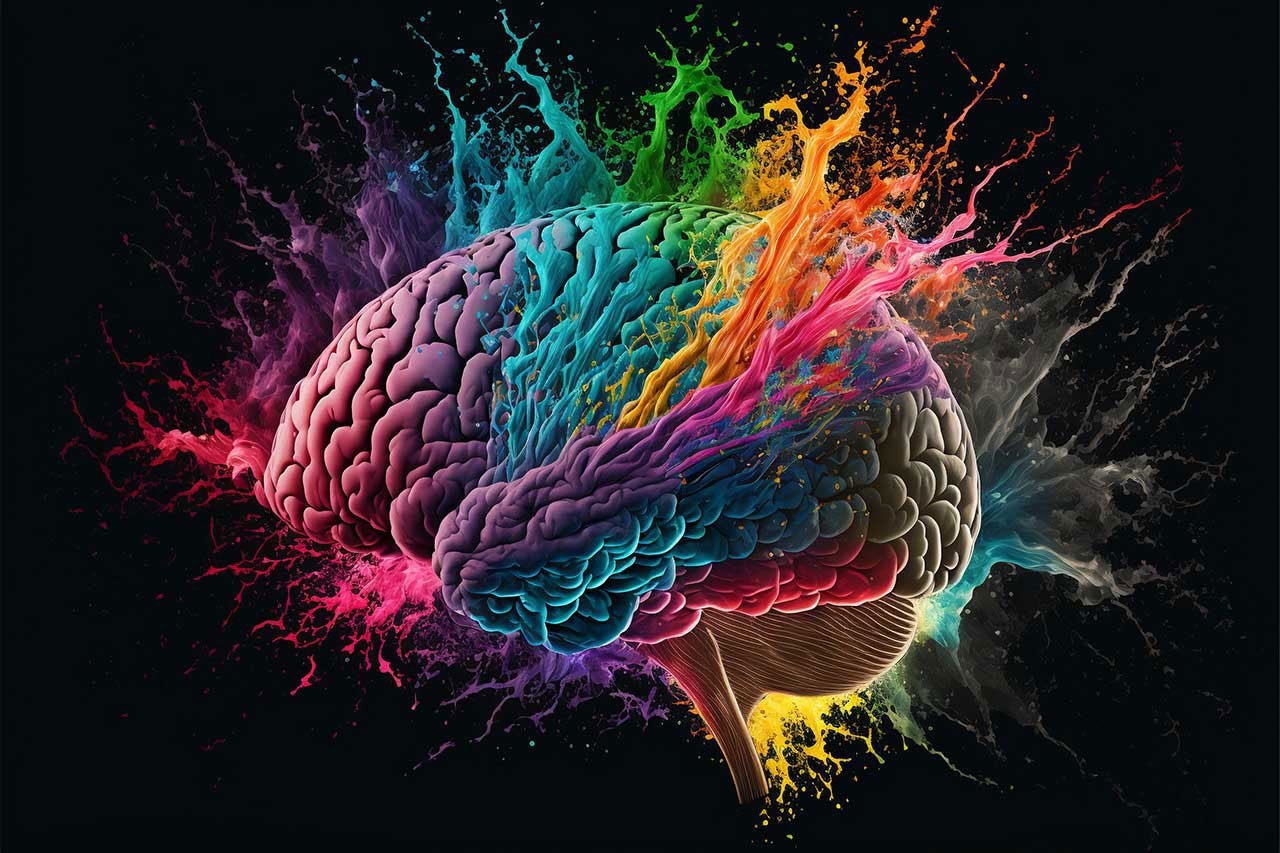
Curious about Neurofeedback?
Special introductory offer!
We’re excited to introduce Neurofeedback to Sanctuary Psychology and to celebrate we are currently offering a reduced price*
* Discounted price is only available for privately paying clients.
Standard fee $130 p/session
Now offering $90 p/session for a limited time!
Neurofeedback (which is sometimes called EEG biofeedback), is an advanced learning technology that enables an individual to alter their brain, which in turn, can change the way you think, feel, and behave - for the better of course!
To understand how Neurofeedback works we need to understand a bit about what is happening inside our brains and our nervous system. Communication within the brain, and between the brain and our nervous system (and in turn, our body), occurs via specialised cells called neurons that operate using a combination of both chemical and electrical messaging signals. Whilst medication intervenes to alter the chemical communication signals within the brain, Neurofeedback focuses on the electrical signals. Electrical signals in the brain are called brain waves.
Brain waves, like waves in the ocean, can be big or small, fast or slow. The different types of waves influence the way that we think, feel, and behave. When our brain waves are not firing efficiently, we experience “dysregulation”. It could be argued that it is brain and nervous system dysregulation that underlies all emotional, cognitive, and behavioural disorders, as well as many physical problems (such as chronic pain, migraines, autoimmune diseases, and epilepsy). Neurofeedback can help improve the various symptoms of brain-nervous-system dysregulation by rewarding the brain for functioning in a more efficient way. The brain really likes getting rewards and will adjust it’s activity (that is, its brain waves) in order to receive more rewards. This type of reward based learning is called “operant conditioning”, and you have most likely used it many times in your life, such as when training a dog to sit, or toilet training a toddler with a rewards chart!
In Neurofeedback the rewards are delivered via pictures or games on a computer monitor. You do not need to try to control what is happening on the screen, you just need to sit back and allow your brain to do the work (unconsciously!). This is very different to traditional talk therapy, in which the focus is on trying to influence the brain through talking to the mind. In Neurofeedback we are trying to influence the mind, by talking directly to the brain!
What is Neurofeedback?
What’s the evidence?
Whilst Neurofeedback may seem very new, it has been used and researched with a wide range of individuals for more than 50 years. The technology has advanced a lot in this time, and it continues to evolve. There is growing evidence to support the effectiveness of Neurofeedback in helping people with a wide range of problems that are associated with underlying brain and nervous system dysregulation, which is a problem common to almost every formal psychiatric diagnosis. Thus, in Neurofeedback we are less interested in your diagnosis, than in your specific symptoms. Many people also use Neurofeedback to simply enhance their performance. Really anyone can benefit from optimising the organisation of their brain!
If you, your family, or your doctor would like to do a deeper dive into the research here are some helpful websites to check out:
What happens in a typical Neurofeedback session?
We allow 60 minutes for Neurofeedback sessions with our technician, and 75 minutes for the initial intake session with our psychologist.
Electrode sensors are placed onto the scalp and ear lobe, with the aid of electroconductive paste. These sensors simply record brain-wave activity, they do not do anything to the brain!
During your session you will simply sit back and watch pictures or a game on a computer screen, allowing your brain to do the work. It knows what to do, even if you don’t!
Your technician will check in with you throughout the session to see how you are feeling and make any adjustments as needed.


